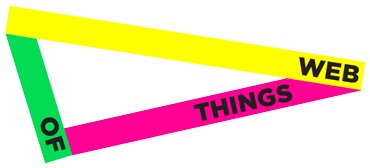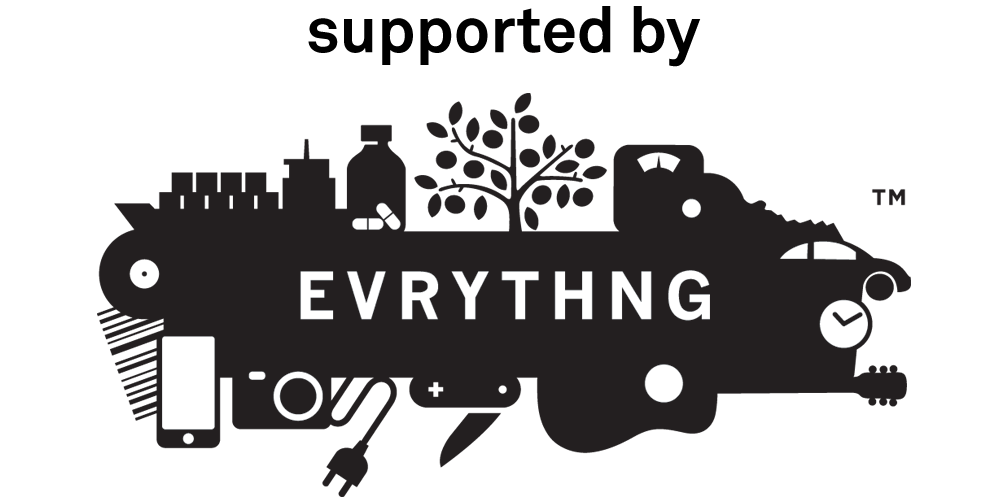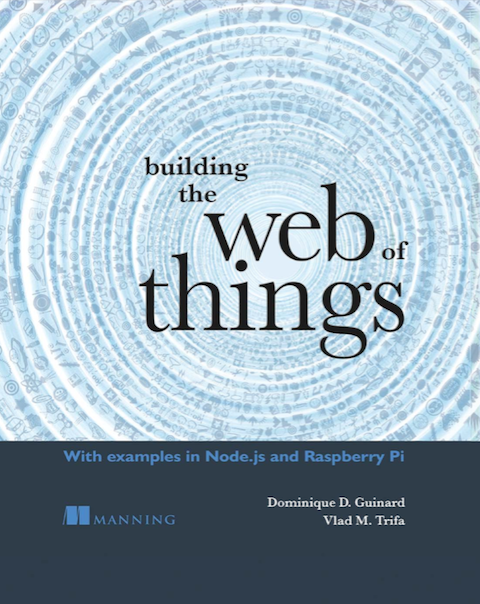When “Dumb” Things Join the WoT: The Art of Barcode Scanning
Ok, so we talked a lot about integrating sensor nodes to the Web, then about integrating home appliances to the Web or about integrating industrial machines to the Web. How about simple, dumb, traditional objects? Well the community is working on it! As an example, one of our latest projects is to Web-enable the global RFID networks (EPC) so that every RFID-tagged object becomes a true citizen of the World Wide Web (see our paper at IoT 2010). I’ll tell you more about this project soon but meanwhile I want to talk about even more dumb objects: those tagged with...



